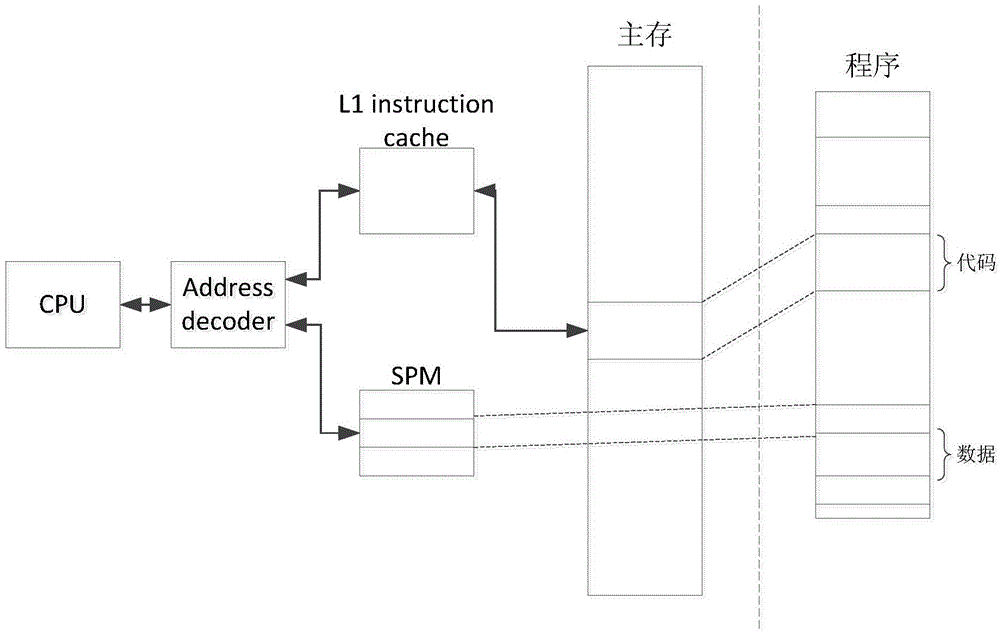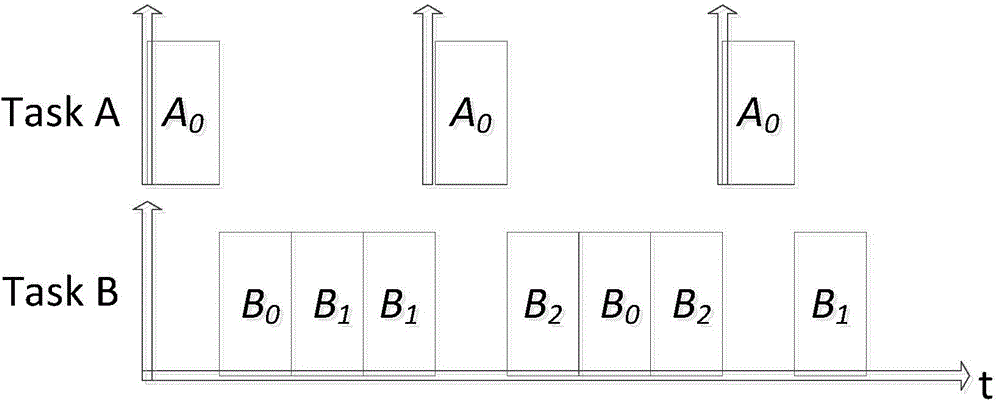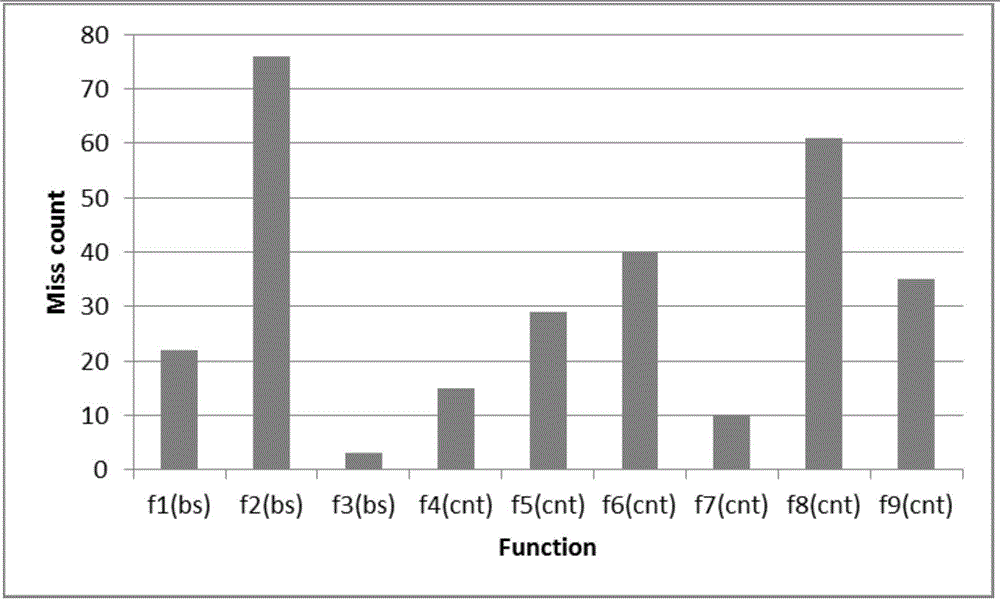On-chip scratch-pad memory (SPM) management method facing multitasking embedded system
A technology of scratch pad memory and embedded system, which is applied in memory systems, instruments, multi-program devices, etc., and can solve problems such as multi-time, memory block allocation, and insufficient utilization of SPM.
- Summary
- Abstract
- Description
- Claims
- Application Information
AI Technical Summary
Problems solved by technology
Method used
Image
Examples
Embodiment Construction
[0040] An example of the present invention is given below and the present invention will be further described in conjunction with the accompanying drawings.
[0041] (1) Pre-analyze the program code segment
[0042] By analyzing the disassembly file, find out the code segment of the source program, and then analyze the program code segment; the analysis of the code segment is to count the first and last address and size of each function of each task in the multi-tasking system, and analyze the multi-tasking system All functions are numbered uniformly. For a task set (including task bs and task cnt) program (such as image 3 , the X-axis is the function number, and the Y-axis is the number of Cache misses) The obtained code segment information is as follows:
[0043] function number
first address
function size
1
4194624
176
2
4194800
88
3
4194888
488
……
……
……
62
4219232
36
[0...
PUM
 Login to View More
Login to View More Abstract
Description
Claims
Application Information
 Login to View More
Login to View More - Generate Ideas
- Intellectual Property
- Life Sciences
- Materials
- Tech Scout
- Unparalleled Data Quality
- Higher Quality Content
- 60% Fewer Hallucinations
Browse by: Latest US Patents, China's latest patents, Technical Efficacy Thesaurus, Application Domain, Technology Topic, Popular Technical Reports.
© 2025 PatSnap. All rights reserved.Legal|Privacy policy|Modern Slavery Act Transparency Statement|Sitemap|About US| Contact US: help@patsnap.com



